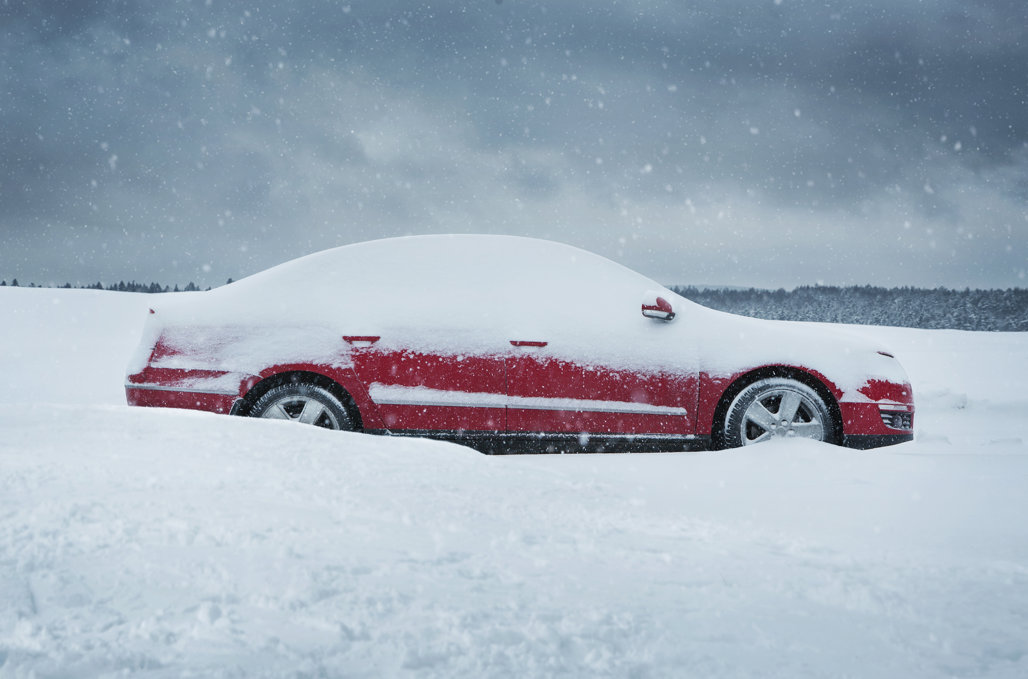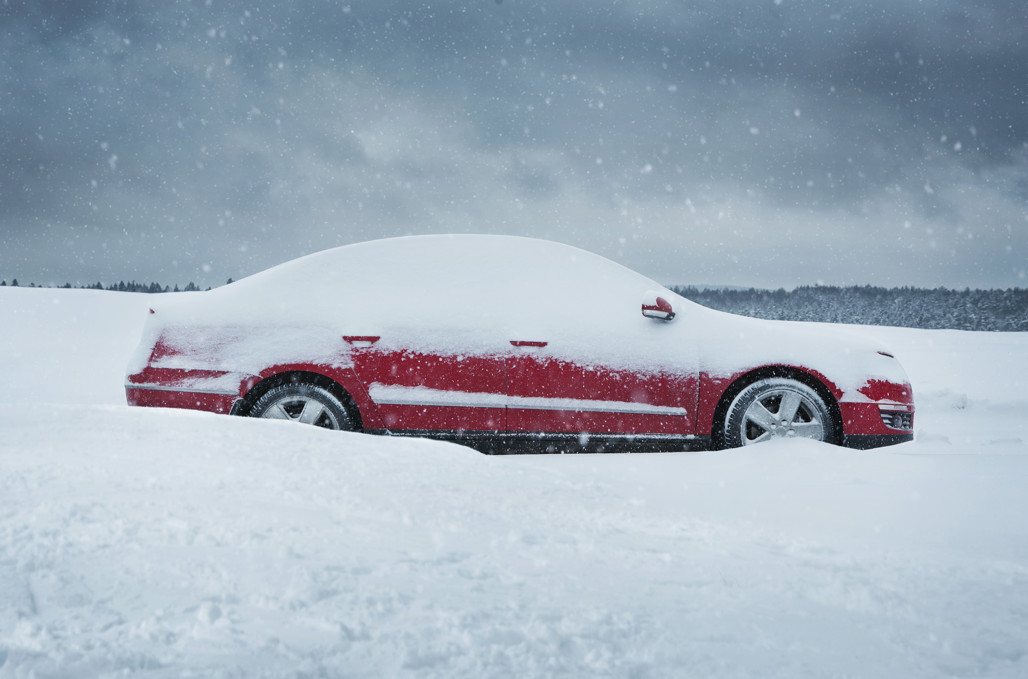As the days grow shorter and temperatures drop, it’s time to ensure your car is ready to tackle the challenges of winter driving. Cold weather, snow, and ice can take a toll on your vehicle, but with proper preparation, you can minimize the risk of breakdowns and accidents. Here’s a step-by-step guide on how to get your car ready for winter:
1. Inspect your tyres
- Check tyre tread depth and consider switching to winter tires for better traction on snow and ice.
- Inflate tyres to the recommended pressure to ensure proper grip and fuel efficiency.
- Examine tyres for signs of wear and replace them if necessary to maintain safety on slippery roads.
2. Test your battery
- Cold weather can put additional strain on your car's battery, so have it tested to ensure it’s in good condition.
- Clean battery terminals and connections to prevent corrosion, which can impede electrical flow.
- Consider keeping jumper cables in your car in case of a dead battery emergency.
3. Check fluid levels
- Inspect levels of oil, coolant, and windshield washer fluid, and top them up as needed.
- Consider switching to a winter-grade oil for better engine performance if you live somewhere that gets very low temperatures.
- Use a windscreen washer fluid with antifreeze properties to prevent it from freezing on your windshield.
4. Inspect your brakes
- Have your brakes inspected by a professional to ensure they’re in optimal condition for winter driving.
- Replace worn brake pads or rotors to maintain stopping power on slippery roads.
5. Test heating and defrosting systems
- Turn on your car’s heating system to ensure it’s working properly and providing adequate warmth.
- Test the defrosting function to ensure it can effectively clear condensation and frost from your windows.
- Replace cabin air filters to ensure clean airflow and prevent musty odors inside the car.
6. Pack an emergency kit
- Prepare an emergency kit containing essentials such as blankets, a flashlight, extra clothing, non-perishable snacks, and a first-aid kit.
- If the area you live in gets snow, include items like a snow shovel, ice scraper, and traction aids such as sand or kitty litter to help get your car unstuck.
- Keep a fully charged mobile phone and a portable charger in your car in case you need to call for assistance.
7. Protect exterior surfaces
- Apply a coat of wax to your car’s exterior to protect the paint from salt and road debris.
- Regularly wash your car to remove salt and road grime, paying extra attention to the undercarriage where rust can form.
8. Check your lights and wipers
- Test all exterior lights, including headlights, taillights, turn signals, and brake lights, to ensure they’re working properly.
- Keep spare bulbs in your car in case any lights need replacing while on the road.
- Check windscreen wipers for signs of wear and tear, and replace them if they’re not effectively clearing your windscreen.
By following these steps and adequately preparing your car for winter, you can help ensure a safer and more comfortable driving experience during the colder months. Taking the time to perform routine maintenance and gathering essential supplies can make all the difference in staying safe on snowy and icy roads. Don’t wait until winter hits - start preparing your car for for the cold weather today.




